How to Make Crusty German Bread Rolls | Broetchen -

-
These crusty bread rolls are a staple on German breakfast tables. With this recipe, yours will be just like the ones from the bakery. One of my fondest childhood memories is when I would go to the bakery with my dad on Saturday mornings and get a bag of freshly baked crusty German bread rolls, also called Brötchen.
If you have ever had them, you might be familiar with the golden-brown color of the crust, nice, sweet smell, and audible crunch when you take a bite.
Ever since I moved from Germany to the US, I have been wanting to recreate these rolls – so that they taste just like from the neighborhood bakery.
This post contains affiliate links, which means I make a small commission at no extra cost to you. You can read my full disclosure here.
What are German crusty bread rolls?The German word for bread is “Brot” and “Brötchen” literally means ‘little bread’. However, depending on the region, they can have various different names. Some of those are Wecken, Schrippen, or Semmel.
If you visit a German bakery, you typically find many different types of these rolls. Some of them are white or whole wheat. You can also find rye or spelt crusty rolls. And then there are all sorts of seeded rolls or pretzel buns.
Why you’ll love this recipe
I have baked dozens and dozens of these German rolls and am super excited to share my recipe with you!
I will teach you what ingredients to use and exactly how to make them. You will love their authentic look, feel, sound, and taste.
With this recipe and the detailed instructions, you, too, can bake crusty bread rolls – just like the ones from the bakery!
What are the ingredients?
You will mostly need some very basic ingredients:
- flour: for this recipe, we are using regular all-purpose flour.
- yeast: dry instant yeast is easiest to use and perfect here.
- salt: salt really brings out the traditional flavor of these bread rolls.
- fat: I like butter the best here.
- sugar: we only need a pinch to ’round out’ the flavor and to help the yeast along.
- malted barley flour: this is completely optional but I highly recommend you add diastatic malt to your dough. It really makes these rolls turn out very light and airy.
Useful tools and equipment
Here are some tools that I find helpful:
- Stand mixer: this helps to knead the dough in the beginning.
- Kitchen scale: even though I am adding US measurements, I highly recommend that you use a kitchen scale that shows you the weights in grams and kilograms
- Bench scraper: this nifty tool comes in handy when moving and separating the dough.
- Bread lame: this is essentially a razor blade on a nice handle and helps with the scoring of the rolls
- Baker’s half-sheet: if you don’t already own one, I highly recommend you get one.
- Silicone mat: even though parchment paper works just as well as greasing the baker’s sheet, I really like the non-stick silicone mats
How to make these crusty German bread rolls
Preparing the dough:
- In a measuring cup, dissolve sugar and yeast in warm water. Set aside. This step helps to see if the yeast is active.
- In a large bowl or the bowl of a stand mixer, combine the flour, salt, diastatic malt, and soft butter.
- With the dough hook attached, turn the mixer to slow, and then add the sugar-yeast water.
- Keep mixing at low speed until the dough comes together (5-10 minutes).
- Place the dough ball onto a work surface and knead by hand by folding and stretching a few times. Form into a ball by gently stretching the top and folding under.
- Grease a large bowl with the extra oil.
- Place the dough ball first face down, then flip so that the entire dough ball is coated with oil.
Slow fermentation
- Cover with plastic and place in refrigerator for 12 hours or overnight. I highly recommend a slow fermentation at a low temperature. If you’re in a rush, you can also let the yeast dough rise at room temperature for about 2-3 hours.
Second fermentation
- With a knife or bench scraper, divide the dough into 8 equal portions and shape each into a round or oval ball.
- Place the rolls onto a cookie sheet lined with parchment paper or a silicone mat.
- Cover the rolls with a towel and let rise until they have almost doubled in size (depending on the temperature, that can take 2-3 hours).
- When ready to bake, preheat the oven to 400˚-450˚F. Place a heat-proof dish in the bottom of your oven. Have a handful of ice cubes or about 1 cup of water ready.
- Gently score each roll with a lame or knife.
Baking the rolls
- Place the rolls in the hot oven. Immediately add a handful of ice cubes or 1 cup of water to the dish in the oven to create steam. Quickly close the oven door.
- Bake for about 20 mins or until golden brown. You can turn the cookie sheet halfway through the baking time to ensure even browning.
- Remove the rolls from the oven and let them cool on a wire rack.
- For best results, enjoy the rolls while they are fresh!
Substitutions and variations
- Flour: you can use a variety of flours here: you can use different ratios of whole grain flour to white flour or make them all whole grain (they will be denser then). I have also successfully used spelt, rye, or einkorn flour.
- Additions: these crusty rolls are perfect with toppings such as sesame seeds, flax seeds, pumpkin seeds, sunflower seeds, or cracked grains. You just gently press them on after shaping them. Or you throw those seeds right into your dough so they will be on the inside.
- Vegan rolls: I really like the taste of butter but you can use a mild oil instead, such as avocado oil or canola oil.
How to eat German buns
Obviously, you can eat them any way you want!
However, here are some traditional ways that Germans eat their Brötchen:
- for breakfast: you can find crusty rolls in every bread basket on German breakfast tables. Germans cut them in half horizontally, smear butter on them, and top them with jams, honey, quark, sliced cheese, or cold cuts. Basically, they eat them as open-faced sandwiches.
- for snacks: crusty bread rolls are the perfect holders for sausages, schnitzels, or even all sorts of fried or marinated fish. These days, you can even find complete sandwiches with cheese or some meat, lettuce, tomatoes, and so on.
- for supper: the traditional German supper is often very similar to breakfast, except that it tends to be savory. Again, Germans put butter on their rolls and then add sliced cheeses, cold cuts, or spreads.
How long do German rolls keep fresh?
These are actually best eaten fresh! By that I mean, on the day that you bake them.
If you would like to keep them for just another day or two, you can keep them in a paper bag. You can also wrap them in plastic but then they will get soft and chewy.
To crisp up day-old rolls, you can spritz them with some water and briefly bake them in the oven at 180˚F for 5-10 minutes.
What to do with stale rolls?
There are a lot of uses for stale rolls:
- you can use them in bread puddings
- you can let them get completely dry and make breadcrumbs
- many German recipes need stale rolls that you soak in milk
- find a good German Knödel (dumpling) recipe
Can you make these German rolls ahead of time?
In short, yes, you can!
The best way is to bake them. While they are still a bit warm, simply place them in a plastic bag or freezer bag, squeeze out as much air as possible, and freeze them for up to 4 months.
When you’re ready to eat these rolls, simply spray a bit of water on them and bake them at about 180˚F for about 10 minutes.
Even though you can freeze the unbaked rolls or the yeast dough before shaping but I find that you just don’t get quite the same results as with freshly made dough.
Other … recipes you might like
How to make German Quark
Authentic German Pretzels
Easy German Schnitzel
How to make German whole-grain bread
Shop this post:
Kitchen scale
Bench scraper
Kitchenaid stand mixer
Diastatic malt
Bread lame
Pin For Later:
How to Make Crusty German Bread Rolls | Broetchen -
Recipe details
Ingredients
- 300 ml warm water (10 oz)
- 1 dash sugar
- 7 g instant yeast (about 2.5 tsp)
- 500 g AP flour (about 3 cups)
- 13 g salt (about 2 tsp)
- 1 TBSP diastatic barley malt
- 15 g soft butter (about 1 TBSP)
- 1 tsp oil (for the bowl)
Instructions
- Dissolve sugar and yeast in warm water. Set aside.
- In a large bowl or the bowl of a stand mixer, combine flour, salt, diastatic malt, and soft butter.
- With the dough hook attached, turn the mixer to slow and add the sugar-yeast water.
- Keep mixing at low speed until the dough comes together (5-10 minutes).
- Place the dough ball onto a work surface and knead by hand by folding and stretching a few times. Form into a ball by gently stretching the top and folding under.
- Grease a large bowl with the extra oil.
- Place the dough ball first face down, then flip so that the entire dough ball is coated with oil.
- Cover with plastic and place in refrigerator for 12 hours or overnight.
- When ready to bake, preheat oven to 400˚-450˚F. Place a heat proof dish in the bottom of your oven.
- Divide dough into 8 equal portions and shape each into a round or oval ball.
- Place rolls onto a cookie sheet lined with parchment paper or silicone mat.
- Cover the rolls with a towel and let rise until they have almost doubled in size (depending on the temperature, that can take 2-3 hours).
- Gently score each roll with a lame or knife.
- Place the rolls in the hot oven. Immediately add a handful of ice cubes or 1 cup of water to the dish in the oven to create steam. Quickly close the oven door.
- Bake for about 20 mins or until golden-brown. You can turn the cookie sheet half-way through the baking time to ensure even browning.
- Remove the rolls from the oven and let them cool on a wire rack.




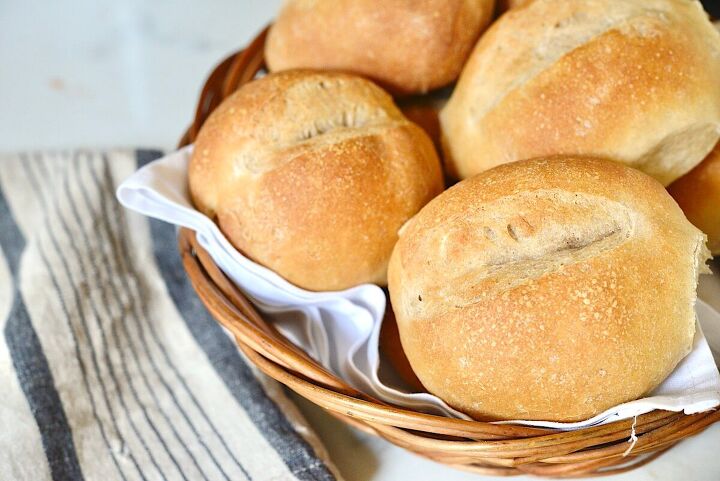








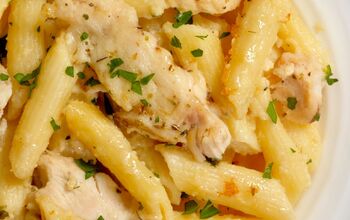

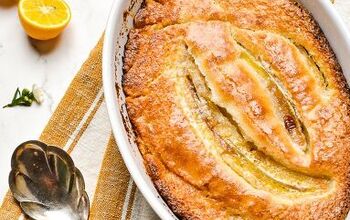










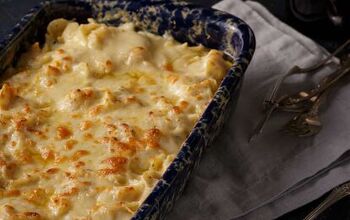
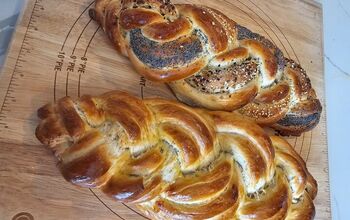

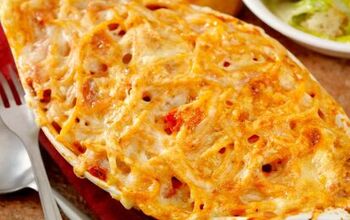
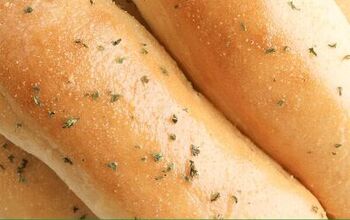

Comments
Share your thoughts, or ask a question!
Question,
After letting the dough Rise overnite, do you do the 2nd rize, After doughballs are DIVIDED and SHAPED, do the balls rise for 2-3 minutes in the 40p/=5]° oven ? Then add icee to dish and BAKE?
Thank you for taking my question.
Carrie K
Tacoma, Wa.
We loved these hard rolls when we were in Germany in the 70's!!